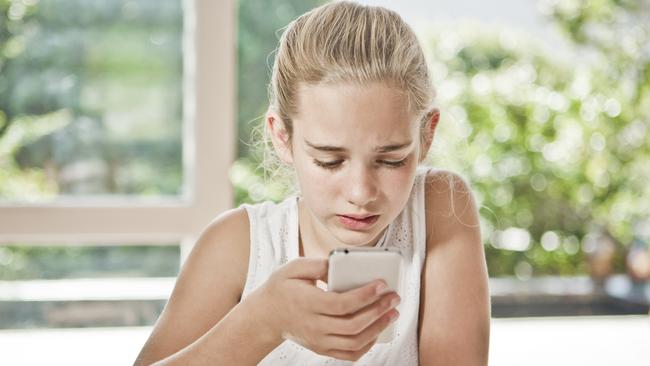For parents, YouTube’s admission of guilt comes too late
There’s something deeply pervasive about data tracking children and denying their interest in a platform until a company is blue in the face. Yet that’s exactly what Youtube has done, writes Jennifer Dudley-Nicholson.
Rendezview
Don't miss out on the headlines from Rendezview. Followed categories will be added to My News.
Young kids are obsessed with YouTube. This is not a secret.
Children prop up the entire toy-unboxing industry, they’re the driving force behind the “surprise egg” phenomenon, and they’re responsible for creating a generation of cashed-up global video megastars famous for filming themselves playing Roblox, Fortnite, and the oddly sinister Hello Neighbor.
YouTube-watching kids made nine-year-old American Ryan Kaji internationally renowned, with an estimated fortune of $US30 million, more than 20 million subscribers, and his own line of toys stocked everywhere from Big W to Australian showbags.
And who else would watch a 20-minute-long video dedicated to every Batman minifigure ever made? (This is a real thing and currently has more than 600,000 views.)
But, until yesterday, the multibillion-dollar firm owned by Google’s parent company Alphabet insisted children under the age of 13 weren’t a big YouTube audience.
Yes, parents and teachers, you may scoff.
MORE FROM JENNIFER DUDLEY-NICHOLSON: YouTube to pay for collecting kids’ data without consent
As such, the company insisted it didn’t need to be concerned about US laws preventing the tracking of children under this age so they could be targeted with ads.
YouTube even maintained this defence in the face of evidence to the contrary.

The highly respected Pew Research Center released a study into the most popular YouTube videos this year after analysing clips uploaded by 43,000 channels with more than 250,000 subscribers during the first week of January.
It found videos featuring children under the age of 13 won an average of three times as many clip views than those without them, and videos that both featured kids and were aimed at them were even more successful.
RELATED: Technology can make you a better parent. No, really. I promise
One could argue that’s because there’s a large, thriving, and very young audience on YouTube, searching for important Lego minifig videos that interest them.
But YouTube spokeswoman Ivy Choi argued that these types of videos were not the site’s most popular.
“We can’t speak to Pew’s methodology or results. But generally on YouTube, the most popular video categories tend to be areas like comedy, music, sports and ‘how to’,” she said.
“And we have always been clear YouTube has never been for people under 13.”
It was not until last night, in the face of a $US170 million settlement that YouTube finally stated what every modern parent already knew: YouTube has a very young and vulnerable audience.
Chief executive Susan Wojcicki blamed changing viewing patterns.
“From its earliest days,” she wrote in a blog post, “YouTube has been a site for people over 13, but with a boom in family content and the rise of shared devices, the likelihood of children watching without supervision has increased.”
MORE FROM JENNIFER DUDLEY-NICHOLSON: Just how good are Apple’s new privacy features?
Even if you accept the argument that a young audience has only recently discovered YouTube, the company has done little to accommodate this change.
And that’s what was recognised in the company’s settlement with the Federal Trade Commission that will see it pay millions of dollars to settle allegations it digitally followed children online without the consent of their parents and used information about them to sell targeted advertising.
Two dissenting FTC commissioners, as well as Australian privacy advocates, argue the financial hit on YouTube was nowhere near strong enough.

Even after paying it, YouTube will likely have made a profit by tracking children and raking in ad dollars.
But the company will also have to make changes as part of this settlement, which it has promised to roll out early next year.
YouTube will “limit data collection and use” on videos designed for children, Wojcicki said, and will shut down targeted ads, comments, and notifications on this content.
This move is a decent start, but it shouldn’t be the end.
MORE FROM JENNIFER DUDLEY-NICHOLSON: Come on NBN, this is not what customer service looks like
As the Australian Competition and Consumer Commission recommended in its Digital Platforms Inquiry, there should be clear, concise, easy-to-understand consent policies presented to users of platforms like YouTube.
Plus, users should have to opt in to having their data collected, rather than having information harvested by default.
We’ll have to wait another four months to find out if Google’s YouTube will go any closer to approaching these privacy goals. In the meantime, parents and guardians should carefully consider whether they’re willing to ‘like and subscribe’ to the pervasive online tracking of very young viewers who don’t know better.
Jennifer Dudley-Nicholson is the national technology editor.
